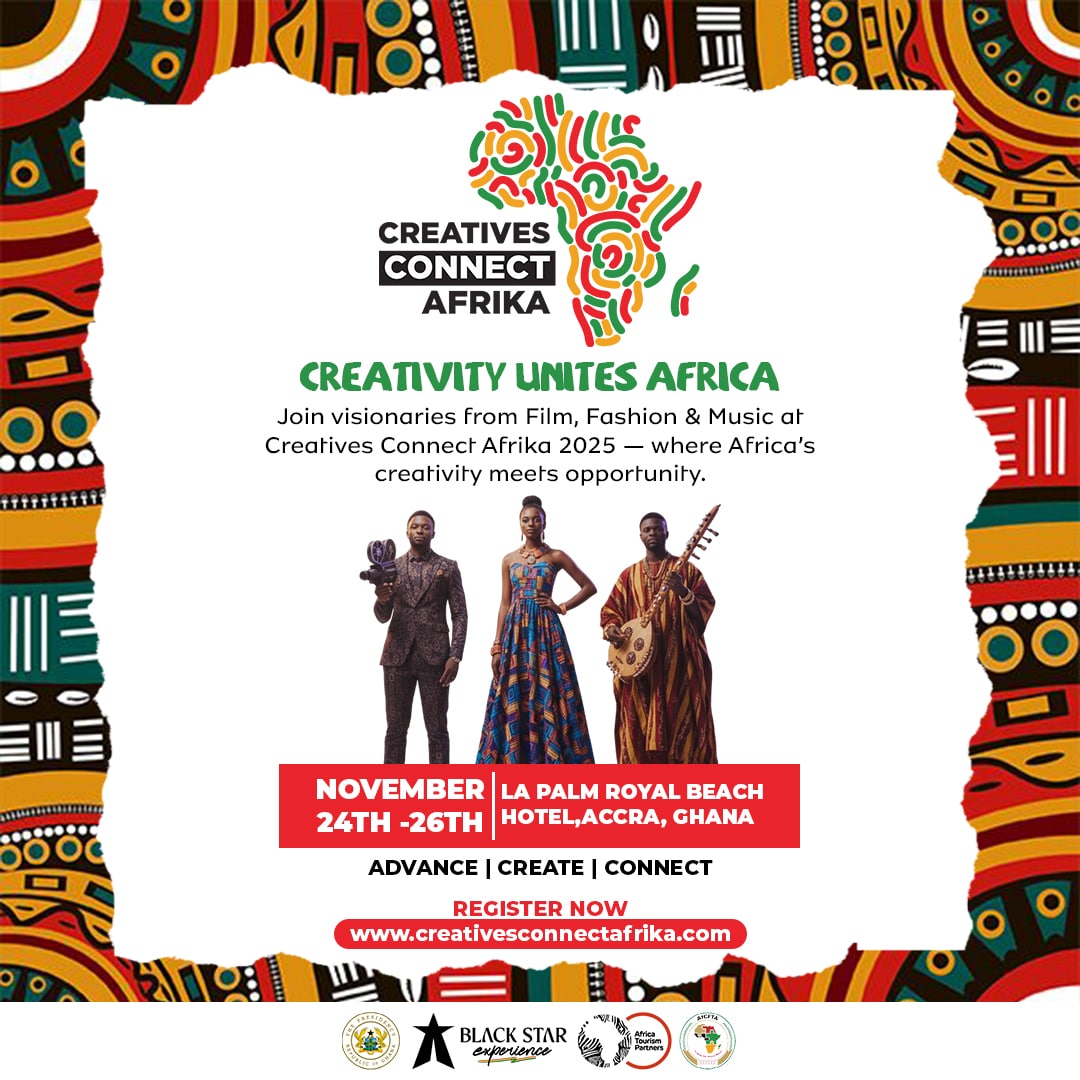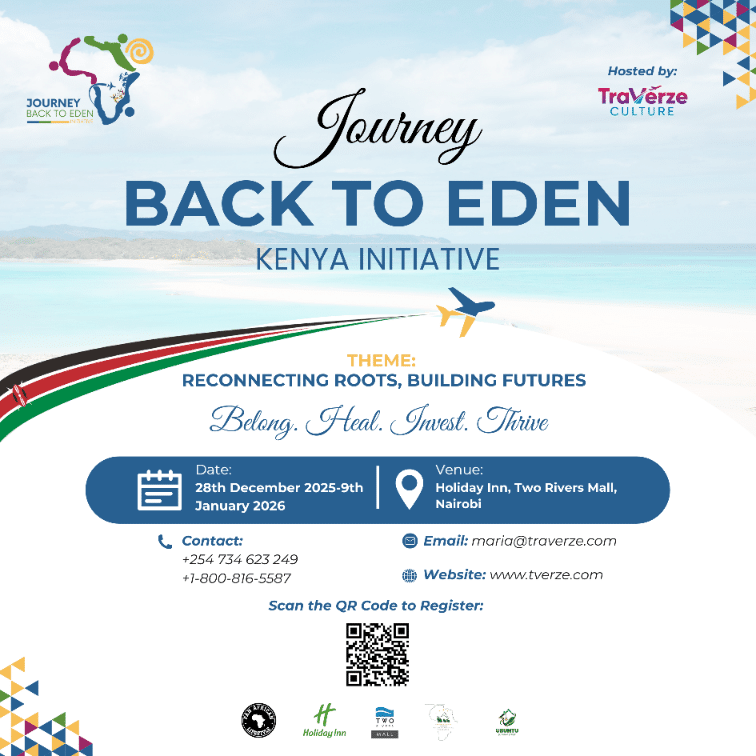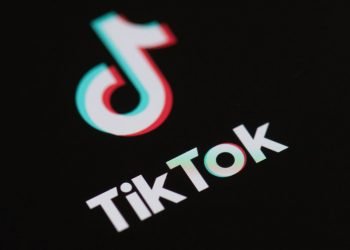A few months after Instagram started its broadcast channels in March 2023, Meta announced WhatsApp Channels in June.
The distribution was incremental, as is customary with updates, and began as a test in Colombia and Singapore. WhatsApp stated on September 13 that the functionality would be available in roughly 150 countries worldwide. Due to WhatsApp’s delayed service rollout, not all users may have immediate access to the channels or some functionalities. Those who wish to receive updates on when the channels will be accessible to them can sign up for a waitlist.
WhatsApp Channels offer new broadcasting alternatives to private users, particularly companies. Thanks to these channels, businesses can now use WhatsApp to market in new and successful ways. You can use it to send broadcasts, connect with your target audience, and build brand awareness.
For truly expanding your campaigns and making the most of WhatsApp for marketing, it’s not the greatest platform because it lacks a lot of capabilities (automation, personalization, visibility, etc.).
How do WhatsApp Channels work?
Users can follow influencers, creators, and businesses on WhatsApp Channels to receive the most recent updates, just like they can with Telegram’s or Instagram Broadcast Channels. Your other chats won’t appear in the channels. They will be visible to you on a different tab from the status updates.
Users can view both the status updates and the Channels (some of which are recommended by WhatsApp). The status update function is presently less well-liked by users, so perhaps combining the two will increase the exposure of the status changes.
Users can also find channels they want to follow in a searchable directory. For example, they can look up interests, their preferred sports teams, and news from nearby businesses.
Invitation links you can send via chat, email, or any other online platform can also be used to access channels.
This search feature, akin to Telegram’s search bar, is particularly intriguing for businesses because it facilitates user discovery.
WhatsApp’s servers will only keep the channel history for a maximum of 30 days. The ability to prohibit screenshots and message forwarding from their channels is available to administrators. More choices will be available soon so that consumers can quickly remove the status updates from their devices.
Limitations of WhatsApp channels
WhatsApp Channels could be an effective new platform for contacting your target group, sending broadcasts, and increasing brand awareness.
However, with many features missing (auto-personalization, visibility, etc.), it’s not the best tool for scaling your campaigns and getting the most out of WhatsApp for marketing.
- No targeting or personalization possible: You can only send the same message to everybody; there’s no segmentation of recipients.
- No interaction: You can only broadcast messages as a push notification, but users can’t react or respond.
- Lower visibility: Unless users choose to receive your updates as push notifications (the default setting is to turn off push notifications), they must go to their update tab to see your message. There, channels are set up chronologically, so if you’re not among the last 10 updates they received, they won’t even see your content immediately.
- No automation: WhatsApp Channels don’t have any automation features like chatbots or templates you can use to scale or even schedule a campaign.
- Worse performance: as WhatsApp Channels now look more like a crowded e-mail newsletter inbox, it’ll be almost impossible to reach the same open (95%) and click-through (35%) rates that the regular WhatsApp broadcasts offer.
- No insights: As of now, there doesn’t seem to be a way to track the performance of your broadcasts through the WhatsApp Channels
- No end-to-end encryption: WhatsApp Channels don’t offer end-to-end encryption, so if you want to use them for business purposes, check that they comply with your country’s data regulations.
This doesn’t mean that WhatsApp Channels can’t be used for marketing. Suppose you want to push content (without measuring results) or increase your reach as a company or influencer. This might be a good tool, and some businesses are already using it successfully.












